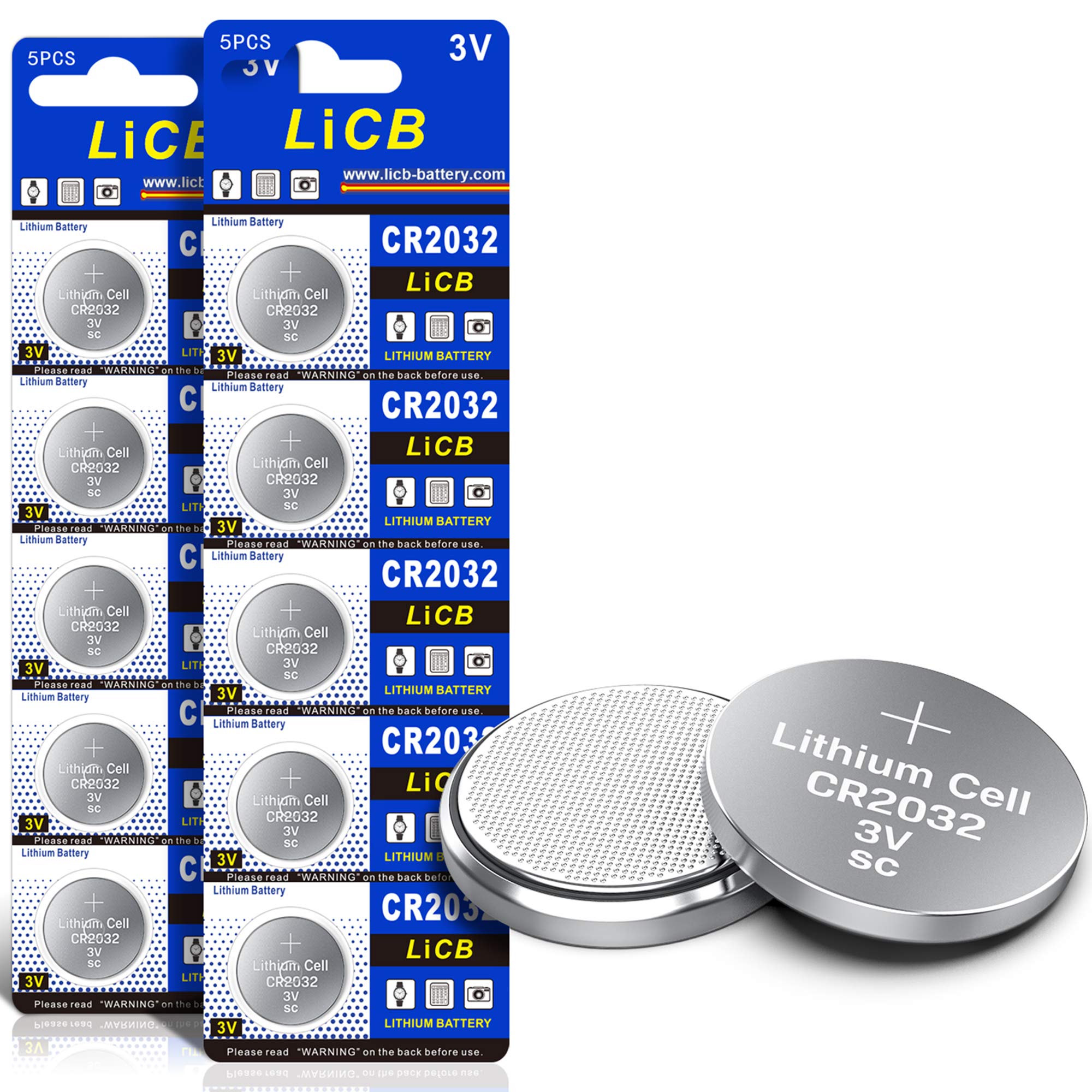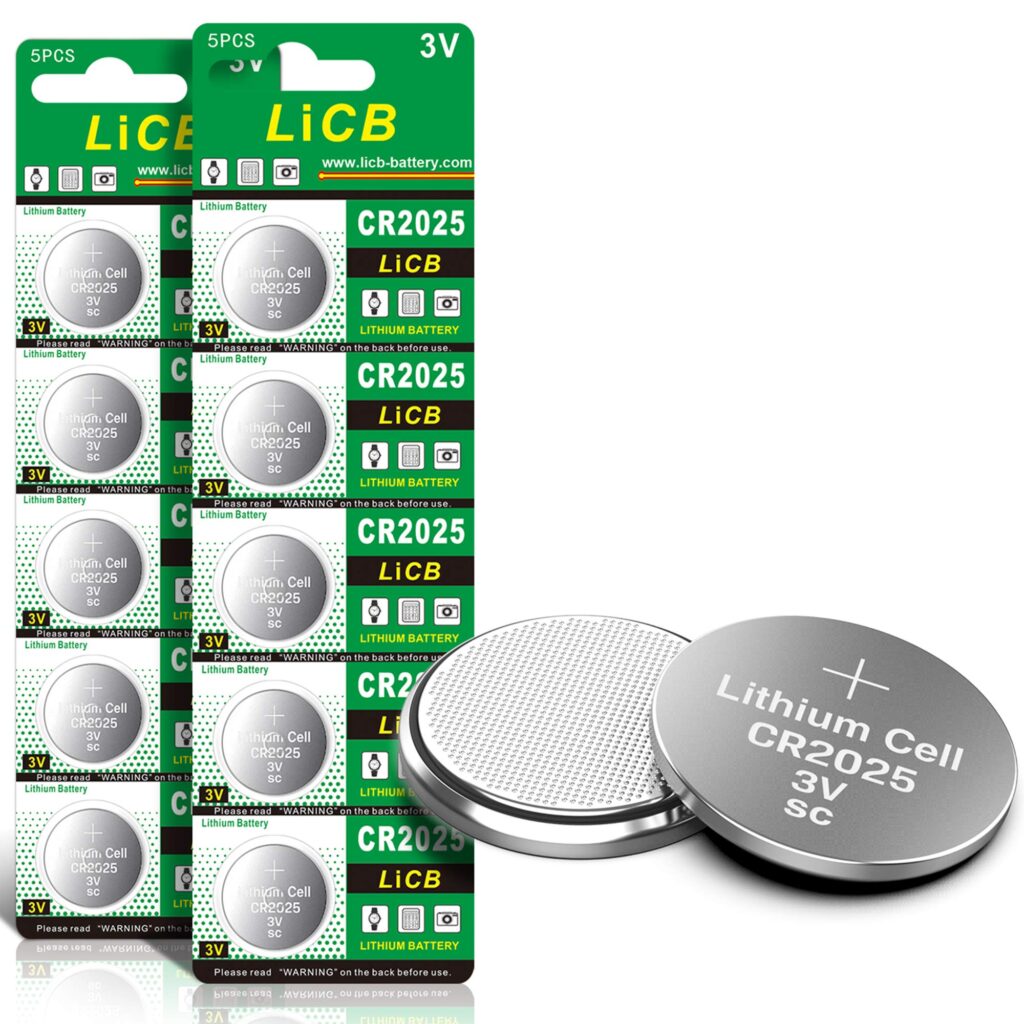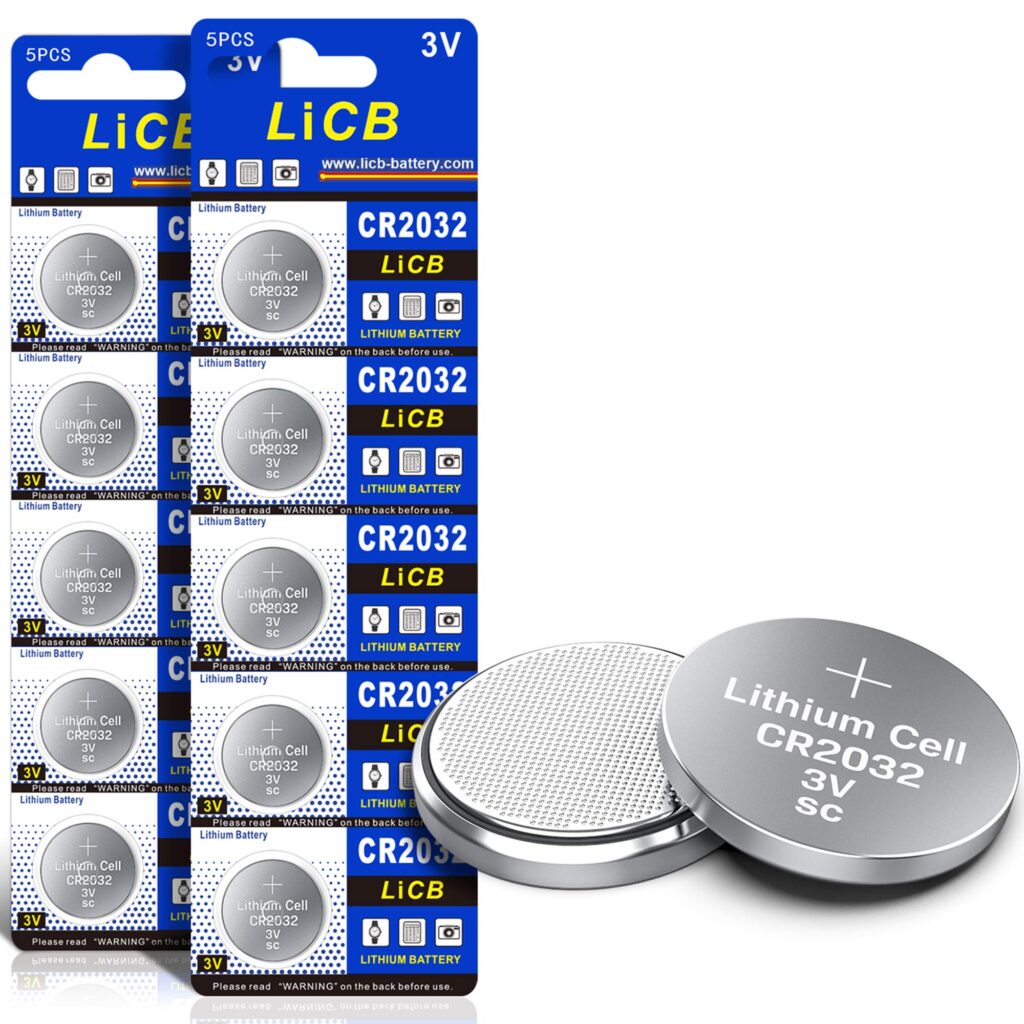In the world of batteries, two of the most frequently used types are the CR2032 and AA batteries. These batteries serve a wide range of applications, from small electronic devices to everyday household items. Understanding the differences between these two can help consumers make informed decisions about which battery suits their specific needs.
The CR2032 is a small, coin-shaped lithium battery commonly used in devices like watches, calculators, and small electronic gadgets. Its compact size and long shelf life make it a popular choice for low-drain applications.
On the other hand, AA batteries are cylindrical and larger in size. They are versatile and can be found in a multitude of devices, including remote controls, flashlights, and toys. AA batteries are available in both disposable and rechargeable forms, providing flexibility for different usage scenarios.
Detailed Comparison Table
| Feature | CR2032 | AA |
|---|---|---|
| Image |  |
 |
| Size | 20mm diameter, 3.2mm height | 50.5mm height, 14.5mm diameter |
| Voltage | 3V | 1.5V (disposable), 1.2V (rechargeable) |
| Capacity | 220mAh | 2000-3000mAh |
| Weight | 3 grams | 23 grams |
| Applications | Watches, calculators, medical devices | Remote controls, flashlights, toys |
| Rechargeable | No | Yes (NiMH) |
| Shelf Life | 10 years | 3-5 years |
Informative Explanation of Features and Specifications of Both Products
CR2032
The CR2032 battery is a lithium coin cell that is known for its small size and lightweight design. Measuring 20mm in diameter and 3.2mm in height, it is ideal for compact devices. With a voltage of 3V and a capacity of around 220mAh, it is capable of providing a steady power supply for devices with low power requirements. Its lightweight nature at just 3 grams makes it easy to integrate into portable electronics like fitness trackers and key fobs.
The batterys chemistry allows it to have a long shelf life of up to 10 years, which is a significant advantage for devices that are stored for extended periods without use. However, it is not rechargeable, necessitating replacement once depleted.
AA
AA batteries are ubiquitous and widely recognized. They come in both disposable alkaline and rechargeable nickel-metal hydride (NiMH) varieties. The disposable AA batteries typically have a voltage of 1.5V, while rechargeable ones operate at 1.2V. They offer a higher capacity range from 2000mAh to 3000mAh, making them suitable for medium to high-drain devices.
The AA batterys larger size and 23-gram weight allow it to power devices that require more energy, such as digital cameras and portable game consoles. The rechargeable option is particularly advantageous for frequent use, as it can be recharged hundreds of times, offering both economic and environmental benefits. However, the shelf life of AA batteries is generally shorter, ranging from 3 to 5 years.
Differences Between Products
The CR2032 and AA batteries differ significantly in size, capacity, and applications. The CR2032’s compact, coin-shaped design is tailored for small, low-drain devices, whereas the larger cylindrical AA battery is engineered for higher-drain applications. This distinction is primarily due to the differences in their capacity and voltage; the CR2032 offers 3V at 220mAh, while the AA provides 1.5V at a higher capacity of up to 3000mAh.
Another key difference lies in the rechargeable nature of AA batteries, which the CR2032 lacks. The ability to recharge AA batteries makes them more versatile and cost-effective for devices that consume more power, as users can recharge rather than replace them. In contrast, the CR2032 is best suited for devices that require minimal power over a long period.
The weight and size also play a role in their usage; the CR2032’s minimal weight of 3 grams is advantageous for wearable technology, while the 23-gram AA battery is more suited for handheld devices where size is less of an issue.
Pros and Cons Section
CR2032

- Pros:
- Compact and lightweight, ideal for small devices.
- Long shelf life of up to 10 years.
- Steady power supply for low-drain devices.
- Cons:
- Not rechargeable, requiring frequent replacements.
- Limited to low-power applications.
AA

- Pros:
- Higher capacity suitable for medium to high-drain devices.
- Rechargeable options available, reducing waste.
- Widely available and used in numerous devices.
- Cons:
- Heavier and larger, not ideal for compact devices.
- Shorter shelf life compared to CR2032.
Performance Evaluation and User Experience
CR2032
Users of the CR2032 battery often appreciate its reliability in low-drain devices. Its performance in maintaining consistent voltage over extended periods is praised, particularly in devices like watches and medical instruments where longevity and reliability are critical. The long shelf life ensures that devices remain operational even after long periods of inactivity.
However, the inability to recharge the CR2032 poses a limitation, especially for users who heavily rely on such batteries. The necessity to replace them once depleted can be an inconvenience and an additional cost over time.
AA
The AA battery is lauded for its versatility and capacity. Consumers value the option to choose between disposable and rechargeable variants, which offers flexibility based on usage frequency. Rechargeable AA batteries, in particular, receive positive feedback for their efficiency and cost-effectiveness, as they can be used multiple times.
Despite their strengths, AA batteries are often critiqued for their larger size and weight, which can be cumbersome for compact devices. Additionally, users note the shorter shelf life, necessitating more frequent purchases or recharges.
Final Recommendation and Conclusion
When choosing between CR2032 and AA batteries, the decision largely hinges on the specific application and user needs. For devices that require minimal power and benefit from a long-lasting power source, the CR2032 is an excellent choice. Its compact size and long shelf life make it ideal for small electronics that are not used frequently.
Conversely, for devices with higher power demands or those used regularly, AA batteries offer superior capacity and the option of rechargeability. This flexibility makes them more suitable for household items and gadgets that are in constant use.
In conclusion, both CR2032 and AA batteries have their distinct advantages and limitations. Understanding these differences allows consumers to select the right battery for their specific needs, ensuring optimal performance and efficiency in their electronic devices.


